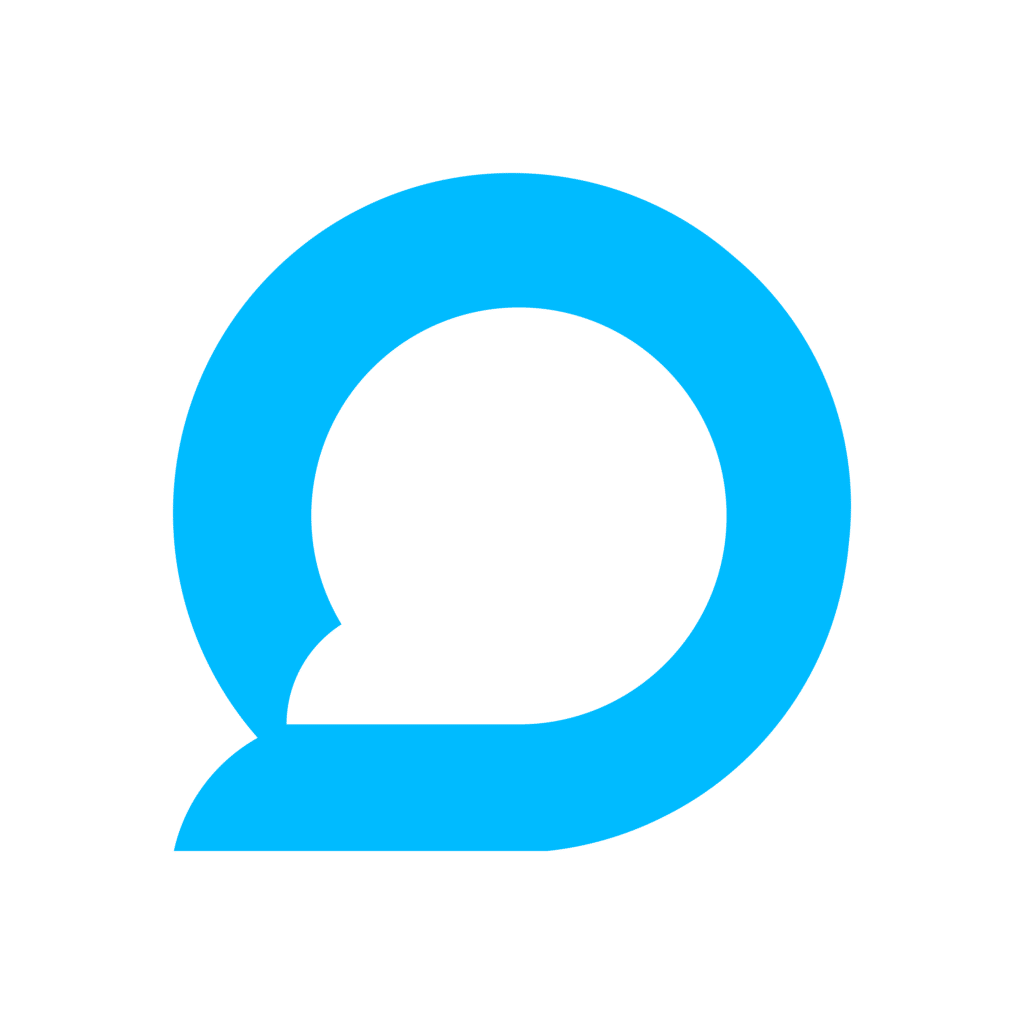High-quality products aren’t all a business is worth. A customer wants to see that a company understands what they’re talking about and can readily deliver valuable insights and advice.
That’s where thought leadership enters the content marketing picture.
What is thought leadership?
Thought leadership leverages the expert insights of people within an organization to build brand prestige. It can involve any form of content that encapsulates the knowledge and experience of a brand and its employees.
Naturally, a thought leader is regarded as someone who deeply understands the business they’re in, the needs of their target customer and the broader marketplace that surrounds their profession.
According to recent research from Semrush, 65% of businesses currently incorporate thought leadership in their content marketing, while 29% intend to initiate a thought leadership program soon.
Businesses can unlock the door to greater brand positioning when they harness the power of knowledge sharing through thought leadership programs. It allows them to answer the burning questions of their audience, offer unique perspectives and shift paradigms in a market niche.
Consumers look to thought leadership to learn about an organization as it demonstrates an organization’s caliber of thinking as well as what they contribute to the marketplace. Thought leadership allows businesses to define their solution through a customer lens by way of building a quality reputation.
Key benefits of thought leadership:
- Demonstrates unique selling point (USP)
- Generates consumer interest
- Drives brand awareness
- Increases website traffic
- Converts more leads
- Fosters loyal customers
- Grows greater sales
Light the torch with a background analysis
To reap a good return on investment (ROI), a thought leadership strategy must be governed by a brand’s key objectives. This calls brands to first conduct a background analysis on the areas they have expertise in (e.g. a website builder talking about online user experience) as well as the customer pain points. This ensures they don’t enter the marketing woods without a light.
Thought leaders, whether they be executives, product managers or sales people, must inspire consumers to act and progress throughout the sales funnel. For instance, people in the conversion stage of the funnel – those with an active intent to purchase – need to be convinced they’ve arrived at the right place for the solutions they seek.
That’s why thought leadership can never be used as a straight sales pitch. It must go beyond product endorsements so consumers gain nuanced insight into their predicament and precisely understand how a particular service or methodology aligns with their pain point. The goal of a thought leadership campaign is to raise brand awareness and build trust with consumers.
Here are the steps for a thorough background analysis:
- Define areas of company expertise and elect appropriate individuals as thought leaders
- Profile the ideal customer – who most benefits from the thought leadership content and how they like being spoken to
- Determine the pain points of customers – what are their challenges? What do they want to know? What are some key search terms people use?
- Brainstorm content ideas around the first-hand knowledge and experience of thought leaders – which help resolve customer pain points
- Analyze competitors – how they’re delivering thought leadership as well as the gaps in their strategy
Content is king, but distribution is queen
In today’s digital age, social media is often the first place people encounter a brand and become acquainted with its voice and values. The way content is delivered to an audience is just as, if not more important than the content itself.
This is because the channel where consumers first experience a brand is a customer’s first impression of the company. Research has found the brain mechanisms involved in first impressions are strongly linked with the limbic system, which regulates our emotions and “fight or flight” response. It’s also been found that a first impression can be gathered in less than seven seconds.
To generate a positive perception from the start, the right posting frequency and channel for distribution needs to be exercised. Whether it’s Instagram, Linkedin or Twitter, the right channel is the one where a brand’s audience has the highest appetite for engagement. It’s also important brands refer to their background analysis to determine how their audience likes being spoken to.
Learning is continuous
Thought leadership is no one stitch in time saves nine. It requires ongoing hard work, perseverance and creativity. Thought leaders need to continuously educate themselves to effectively cater to the evolving needs of consumers and the broader marketplace.
They can do this by:
- Reading books
- Completing short courses
- Attending webinars and networking events
- Exploring other thought leadership content
- Listening to podcasts
- Listening to customer feedback
- Discussing topics with peers
Continuous learning ensures thought leaders have a steady stream of insight they can readily harness to impart value.
But how can a thought leader be sure their content is hitting the mark?
The answers they seek can be seized when they connect their accounts in the Digivizer platform. With digital performance insights across all their channels in a single view, they can obtain end-to-end visibility over what content is delivering versus the campaigns that are under-performing. This high-level visibility allows creators to form smarter content marketing decisions.
Sign up for free to fuel your thought leadership strategy with data-driven insights.





